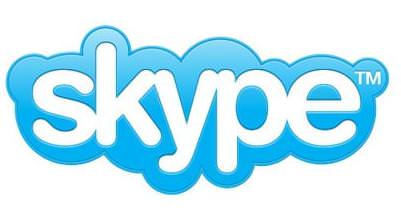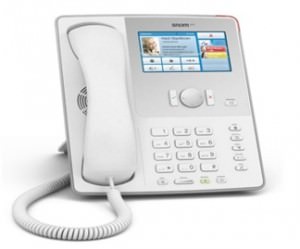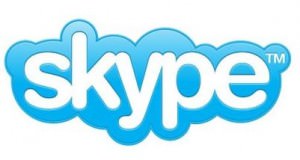Skype versus VoIP: A Quick Guide for Start-up Companies

Skype is such a popular video and messaging service that it is only a matter of time before it joins trademarked brand names to mean everyday items. Despite its widespread usage and adoption, only a few know the nature of Skype: is it a VoIP or not? What does VoIP stand for? Are they different or similar?
If you are setting up your business venture, you would want to look into the implications of using VoIP or Skype to how you communicate internally or with people outside. Each option has its good and not-so-good points, and you can take what’s most beneficial at the moment.
Definition of Terms
VoIP means “voice over internet protocol,” which uses the internet to place and receive telephone calls. The term is broad and often interchangeably used with concepts like IP telephony and internet telephony. A VoIP setup generally requires a supported phone, software, and related products.
There are many types of VoIP, including but not limited to the following:
- VoIP handsets look like analog telephones, only that they are directly connected to the computer or indirectly via the Wi-Fi network.
- Mobile VoIP integrates mobile devices into the VoIP network.
- Computer-based VoIP enables one to make calls to another computer.
Skype Is VoIP
The popular application falls under the third classification. It operates a peer-to-peer connection through the internet and uses this P2P architecture instead of SIP, or session initiation protocol. This protocol is one of VoIP’s building blocks that help make voice and video calls possible.
Skype originally can’t be used with other VoIP phone systems, but a paid service called Skype Connect has made the integration of the app with a compatible SIP/VoIP equipment, according to the app’s official website.
Features
The proprietary nature of Skype sometimes puts it at a disadvantage over VoIP packages that offer several features to their subscribers at reasonable costs.
For illustrative purposes, here are what VoIP plans typically offer vis-à-vis Skype:
- VoIP is compatible with a SIP-enabled device, service, or application. That isn’t the case for Skype that requires a separate service for the integration of SIP clients.
- Skype for Business is bundled with Microsoft Office 365 applications like a Word document, spreadsheet, notepad, and mail client as part of its meeting suite. Having these bundled apps can be duplicative to your existing software used for virtual collaboration.
- The Federal Communications Commission (FCC) obligates VoIP providers to have Enhanced 911, or E911, as a standard feature for public safety purposes. Skype allows this emergency calling in applicable versions, platforms, and regions. Otherwise, the app does not support this feature as it is not a replacement for a telephone.
Pricing and Costs
Under VoIP plans, you pay a flat rate for an unlimited number of calls in a particular geographical area such as North America. The charge is usually lower than that of traditional telephone service.
Skype, on the other hand, can offer audio-only and video calls via the software for free. The pricing starts when you call real telephone/phone numbers. You can either buy Skype credits for calls or pay a monthly fee if you want to have a Skype number where people with landlines or mobile phones can call you. Skype’s suite for business solutions operates a different pricing scheme.
A VoIP plan seems straightforward when placed beside Skype, although the latter’s free Skype-to-Skype calls make it super accessible for personal use.
Getting Started
To help you decide between Skype and VoIP service, ask yourself these:
- What makes up the bulk of your calls? Skype’s strongest suit is its computer-based calls because they are virtually free anywhere in the world. But because its pricing gets confusing for business subscribers, look up how much it will cost if you subscribe to a VoIP service for unlimited calls to local and international destinations.
- How compatible is the option to your equipment? You can use hardware-based and software-based VoIP phones to get VoIP service. Standard landlines can also be used for VoIP through an adapter. As far as Skype is concerned, you have to check if your VoIP phone system is compatible. This interoperability makes VoIP superior to Skype in terms of cost.
- How easy is it to hold video calls? The VoIP technology underlies video conferencing. For as long as you have a computer, tablet, or phone, you can use Skype to make video calls. Standard VoIP plans have video calls on their list of services, which are often complemented by videoconference equipment such as Cisco TelePresence SX20. The quick set provides high-definition video resolution because of its 1080p camera. It also supports SIP calls that work alongside VoIP.
As a start-up company, your agility is your biggest asset because you can test what works for you, ensuring that your resources are maximized.
There’s no ready answer on which is a better option. You can try Skype or switch to a VoIP package that meets your business needs as they change.








